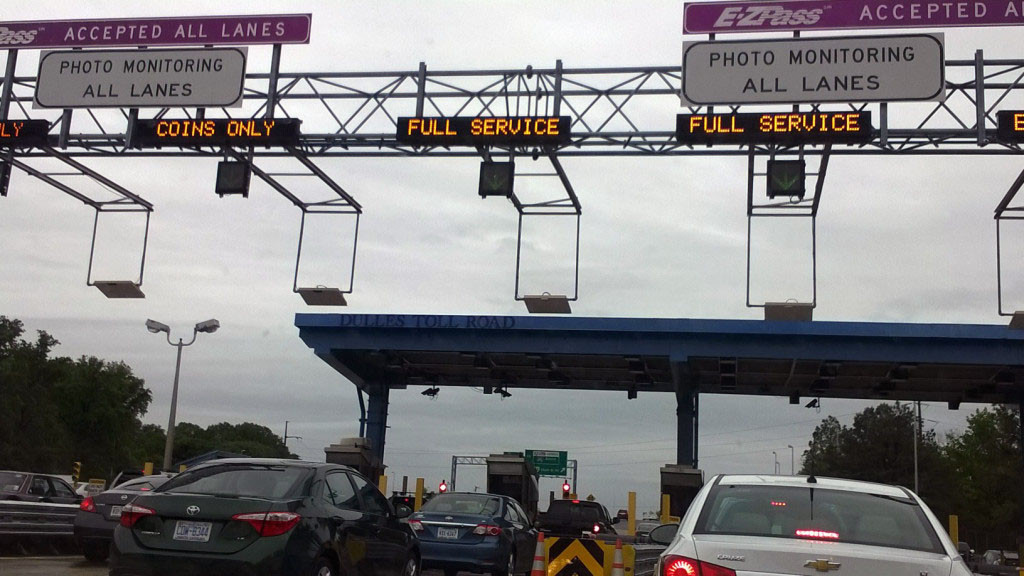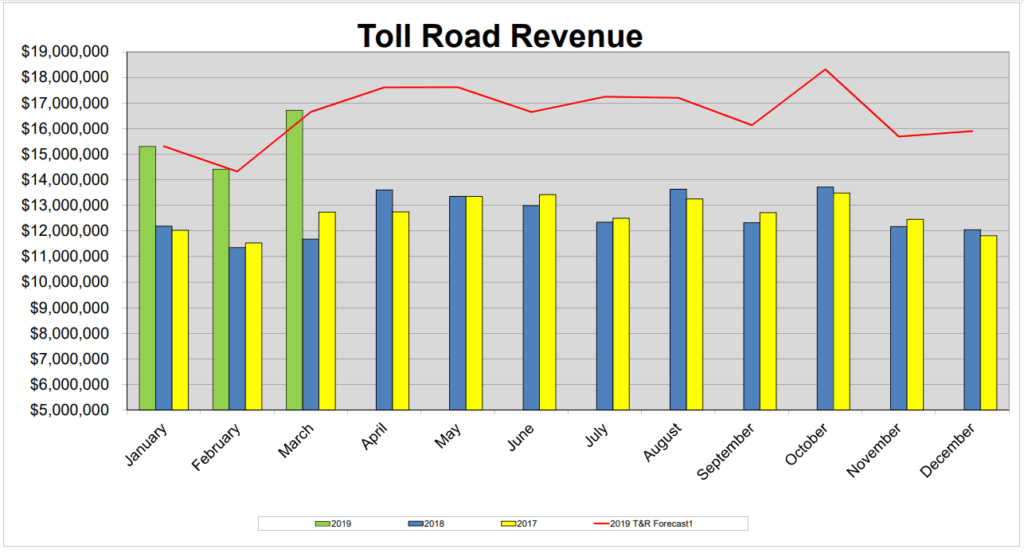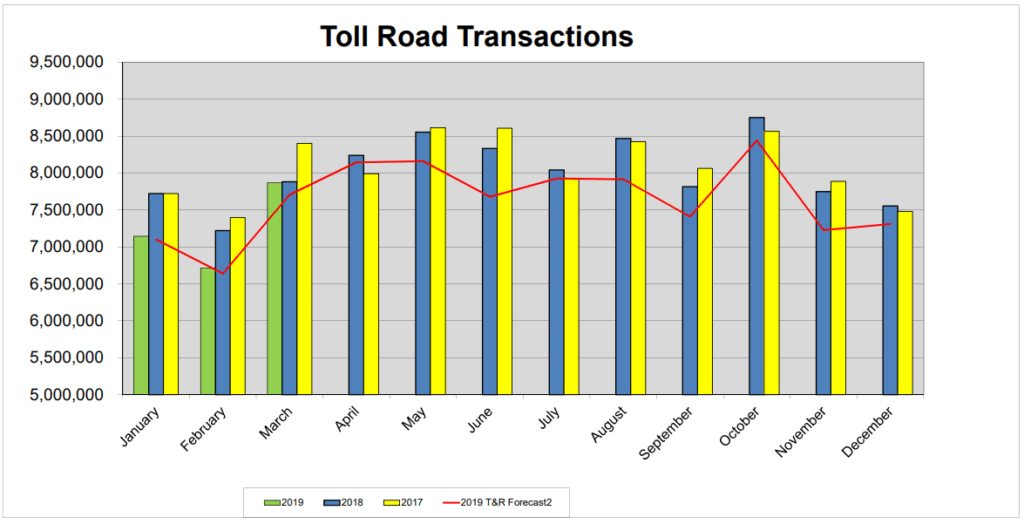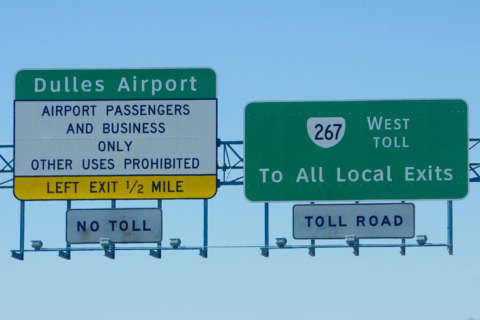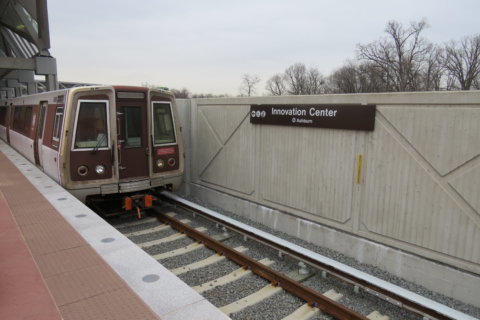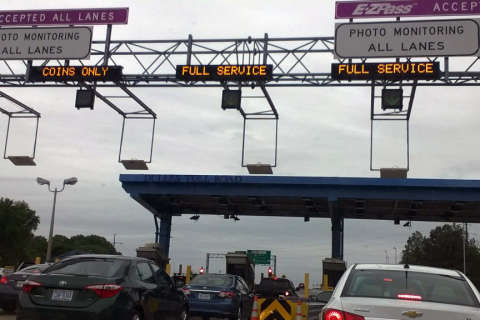
More drivers are sticking with the Dulles Toll Road this year than the Metropolitan Washington Airports Authority expected following a toll increase meant to cover Silver Line construction costs.
Drivers paid 31.9% more in tolls, over the first three months of this year compared to the same period last year. That is an increase of $11.2 million to $46.4 million when including toll violation revenue of $1.36 million so far this year.
There were 21.7 million individual transactions at ramps or the mainline plaza in January, February and March, down 4.8% from 2018 but 1.3% higher than forecast. In addition to the toll increase, other traffic changes and differences in the weather can influence traffic patterns from year to year.
Still, the decline in usage over the three month period is less sharp than the initial response from drivers in January, suggesting that many see few other good options to the toll road, particularly at rush hour.
There are still well over 270,000 transactions each weekday.
In past years, the road has consistently hit about 97% of forecast transactions and revenues over the course of a year.
In 2016, 2017 and 2018, drivers paid $151 to $152 million in tolls. If current trends hold, drivers could pay about $200 million this year.
The toll increase also appears to have driven down cash payments, with a trend holding of about 92% of toll collections through E-ZPass payments so far this year, compared to 89.6% over all of 2018.
Prices rose 50 cents Jan. 1 at ramps to $1. They rose 75 cents at the mainline plaza to $3.25. The next toll increase is planned in 2023.
Toll revenue pays for the road’s operations, but the increases are primarily needed to cover debt used to pay for Silver Line construction through Fairfax and Loudoun counties. The second phase of the Silver Line is expected to open sometime next year.

